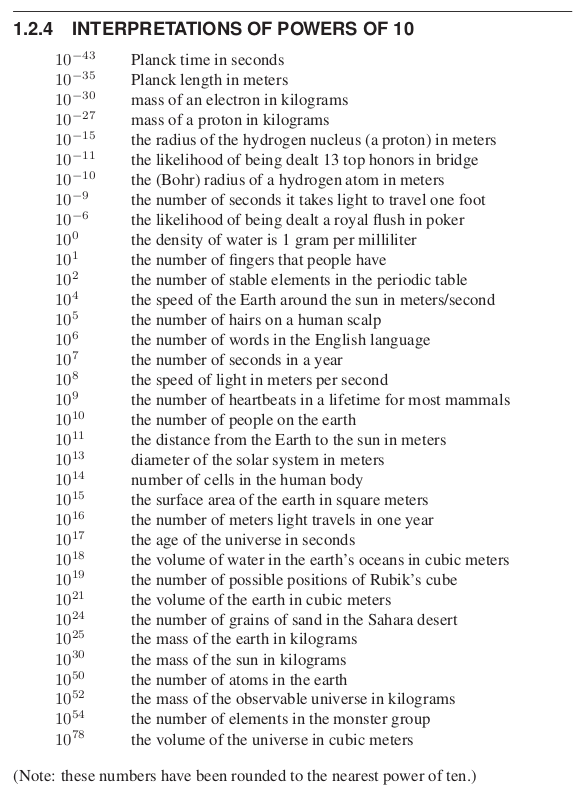1
2
3
5
6
7
8
10
11
12
13
14
15
16
17
20
1
Scientists use quantum device to slow chemical process down by 100 billion times
(www.sydney.edu.au)
21
22
23
24
25
view more: next ›
